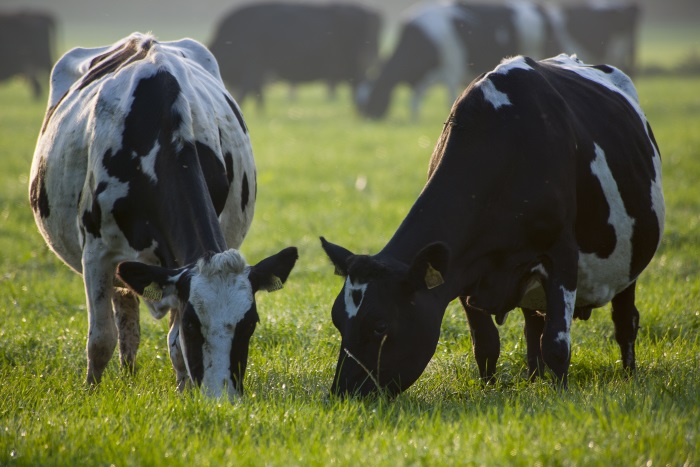With flood warnings in place across the UK, vets are urging owners to take precautionary measures to protect their livestock after findings from the British Veterinary Association’s (BVA) Voice of the Veterinary Profession survey reveal that in areas affected by flooding last winter (2015/16), a third (33%) of vets working with livestock or horses had clients who lost stock due to flooding.
BVA together with the Sheep Veterinary Society (SVS), British Cattle Veterinary Association (BCVA), British Equine Veterinary Association (BEVA) and Goat Veterinary Society (GVS) are advising large animal owners to ensure their animals are kept out of harm’s way in areas where there are flood warnings in place.
Although most livestock keepers are well aware of the risks flooding poses to their animals, with rapidly rising water levels able to cut off access to cattle, sheep and horses, or even wash them away, the leading veterinary associations are encouraging extra caution if livestock are usually kept near a river. Field-flooding can happen suddenly, at any time, in the days after a deluge of rain. If fields are prone to flooding then, where possible, it’s advised that owners move their livestock ahead of time to a drier field during the winter months.
The five veterinary organisations are also highlighting that flooded and muddy fields pose health and welfare hazards for cattle, sheep, goats and other livestock, with 23% of vets in last year’s flood-affected areas reporting problems due to animals being cut off from food and a further 27% of vets seeing cases of flood-related lameness. Standing in water and deep mud can predispose animals to, and exacerbate, infections and diseases, such as foot rot, so vets are advising owners to ensure their fields have suitable drainage and an area where animals can stand out of the mud or damp. Wet, muddy fields also provide an ideal habitat for the tiny snail involved in the maintenance of the life cycle of the production limiting liver fluke, a serious parasite which can be fatal to sheep.
After flood water recedes, owners should also be sure to inspect the pastures and streams for potentially hazardous plants or other material that may have been deposited – examples include the roots of Water Dropwort which may be exposed after heavy water flow or rainfall and which may be highly toxic to grazing animals.
Gudrun Ravetz, President of the British Veterinary Association, says:
“We know that livestock keepers and farmers are well aware of the risks of flooding. But our survey shows that owners can still get caught out and that livestock can easily be lost to flooding. Thinking ahead and having a contingency in place is a wise move for hard-pushed livestock farmers and we’re encouraging all large animal owners to be vigilant this winter, particularly where there are flood warnings in place.”
If the weather conditions become too hazardous, BVA and the other veterinary associations suggest moving livestock to sheltered areas closer to home, not only to keep animals dry, but to ensure owners stay safe themselves by avoiding trips out into more exposed areas of land in dangerous conditions.


